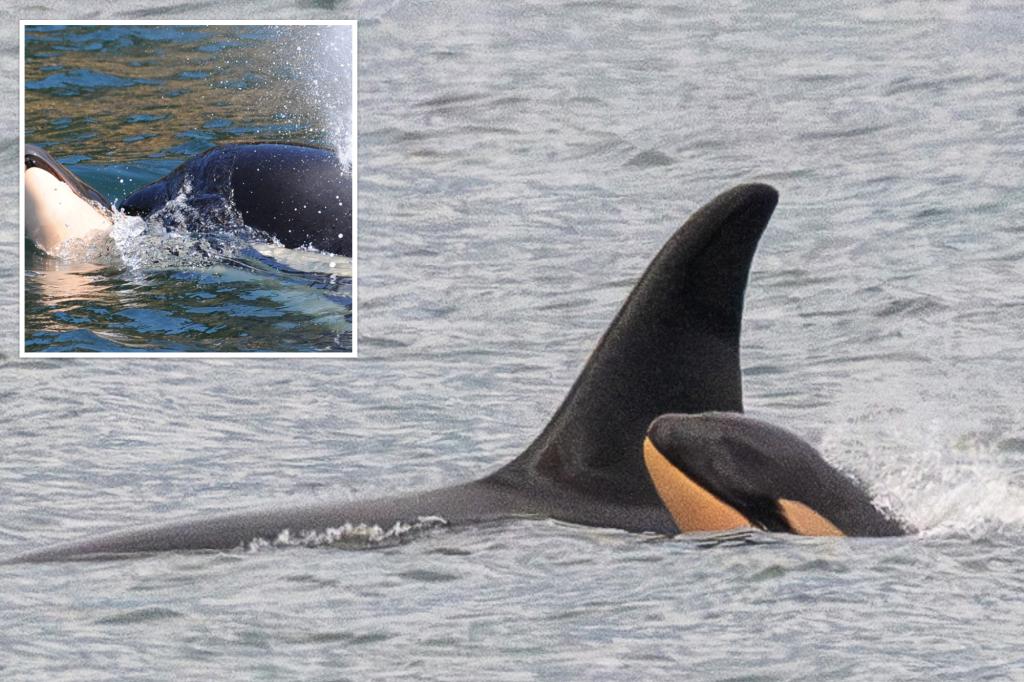The Southern Resident killer whale community, a critically endangered population inhabiting the waters between Washington state and British Columbia, has experienced a bittersweet turn of events. Amidst the ongoing struggle for survival, marked by dwindling food sources, noise pollution, and habitat disruption, a new calf was born, bringing a glimmer of hope to the pod. However, this joy was tragically tempered by the loss of another calf, highlighting the precarious existence these magnificent creatures face.
J35, a female orca known to researchers and the public alike, has become a poignant symbol of the orcas’ struggle. In 2018, she captured international attention when she carried her deceased calf for over two weeks, a heartbreaking display of maternal grief that resonated deeply with people worldwide. This profound loss underscored the vulnerability of these whales and the immense challenges they face in their fight for survival.
Just before Christmas, J35 gave birth to another calf, a female designated J50. This birth ignited a flicker of hope within the scientific community and among those who follow the Southern Residents’ plight. The prospect of a new life offered a much-needed boost to the dwindling population, especially given J35’s previous loss. However, this hope was soon tinged with concern as researchers observing the pod noticed troubling signs in the behavior of both J35 and J50.
Tragically, just days after the calf’s discovery, the worst fears of the researchers were confirmed. J50 had died, marking another devastating loss for J35 and a significant setback for the Southern Resident population. The loss of a female calf is particularly concerning for the long-term recovery of the pod, as females play a crucial role in reproduction and the overall health of the population. The researchers expressed profound sadness, acknowledging the emotional toll on J35, who had endured another heartbreaking loss, and the implications for the future of the Southern Residents.
Despite the immense sadness surrounding J50’s death, the simultaneous discovery of another newborn calf within the J-pod offered a fragile ray of hope. While the mother and gender of this newest arrival remain unconfirmed, its birth serves as a reminder of the resilience of these whales and their continued struggle for survival. Every new calf represents a precious opportunity for the population to rebound, and this new life offers a glimmer of optimism amidst the ongoing challenges.
The Southern Resident killer whales face a multitude of threats to their survival. The primary concern is the declining availability of Chinook salmon, their main food source. Overfishing, habitat degradation, and the effects of climate change have all contributed to a shrinking salmon population, leaving the orcas with less to eat. In addition to food scarcity, noise pollution from vessels interferes with their echolocation, hindering their ability to hunt and communicate effectively. Pollution from industrial and agricultural runoff further contaminates their environment and prey. These combined threats create a precarious situation for the Southern Residents, highlighting the urgent need for conservation efforts to protect these iconic creatures and their fragile ecosystem.

